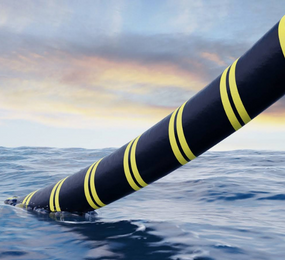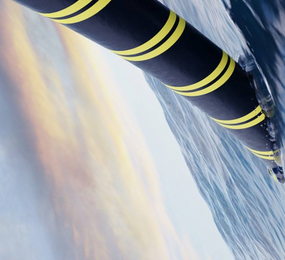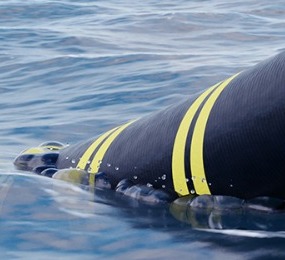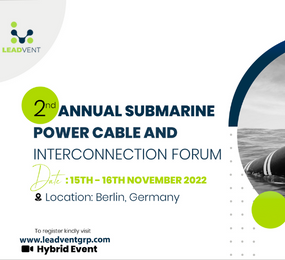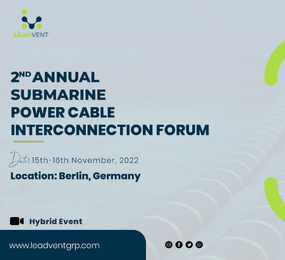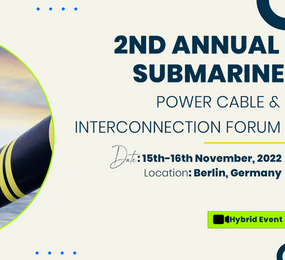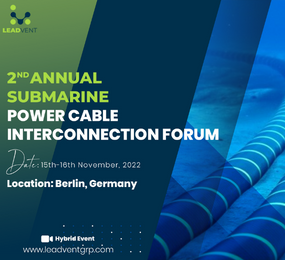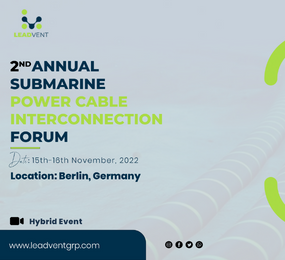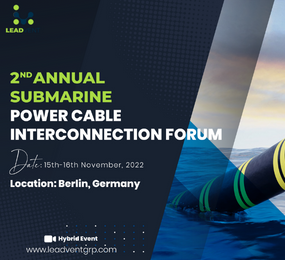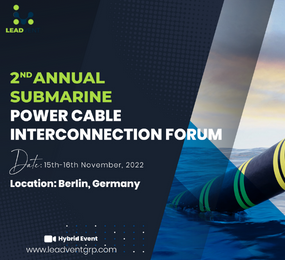As the demand for international connectivity keeps growing, subsea cables have grown to be important infrastructure assets. However, those underwater fiber optic cables are at risk of damage and require right maintenance to ensure their durability and sustainability. In this professional analysis, we are able to discuss sustainable strategies for subsea cable asset management.
What is a Submarine Cable Map?
A submarine cable map is a visible representation of the routes and touchdown points of underwater fiber optic cables. It provides data about the duration, capacity, and owner of these cables.
Why is Submarine Cable Mapping Important for Asset Management?
-
Allows for better planning and upkeep of subsea cables
-
Helps perceive potential risks and vulnerabilities
-
Aids in efficient routing of data traffic
-
Provides treasured data for future growth and upgrades
Sustainable Strategies for Subsea Cable Asset Management
-
Regular Maintenance: Conducting normal maintenance checks and maintenance can prevent potential failures and extend the lifespan of subsea cables.
- Real-time Monitoring: Implementing actual-time tracking systems lets you detect any issue quickly and timely maintenance can be done, which will decrease downtime and expenses.
- Diversified Routing: Having a couple of routes for data traffic can reduce stress on a single subsea cable and decrease the risk of disruptions in communication networks.
- Environmental Considerations: When making plans for new setup or maintenance, it's critical to consider the environmental impacts and implement sustainable practices to reduce any damages to the environment.
- Collaboration with Stakeholders: Subsea cable asset management requires coordination with numerous stakeholders, including cable owners, operators, and regulatory bodies. Collaboration can prove to be powerful strategies for sustainable management.
Frequently Asked Questions (FAQs) on Subsea Cable Asset Management
What Are the Key Benefits of Subsea Cables in Global Connectivity?
-
High-Speed Data Transmission: Subsea cables facilitate high data transmission throughout different continents, enabling high-speed internet and communications.
-
Reliability: Modern underwater fiber optic cables are designed for sturdiness and can face harsh oceanic conditions, ensuring steady connectivity.
-
Economic Impact: They play an important role in international trade, helping international commercial enterprise and economies by enabling high data flow.
How Do Environmental Factors Affect Subsea Cables?
-
Natural Disasters: Earthquakes and tsunamis can result in physical damages to cable infrastructure.
- Marine Activities: Shipping, fishing, and underwater activity can increase the risks of unintended cable breaks.
- Climate Change: Rising sea temperature and converting oceanic situations can impact cable routes and necessitate future changes.
Can Subsea Cables Be Repaired If Damaged?
-
Yes, specialized repair ships are deployed to the damaged places. The process require lifting the broken phase of the cable to the surface, making the necessary repairs, and then laying it back on the ocean ground.
- Preventive Measures: Real-time monitoring and predictive maintenance can prevent any problems before they result in tremendous damage, reducing restore time and cost.
How Can We Ensure the Sustainability of Subsea Cables?
-
Innovative Materials: Research into more potent, more resilient cable materials which can be less impactful at the marine environment.
- Policy and Regulation: Establishing worldwide guidelines and best practices for the laying and maintenance of cables to decrease environmental disturbance.
- Stakeholder Engagement: Encouraging collaboration between governments, enterprise players, and environmental agencies to balance connectivity demand with ecological renovation.
Why Is Collaboration Among Stakeholders Important in Managing Subsea Cables?
-
Shared Knowledge: Combining knowledge and assets from numerous sectors can provide more efficient and sustainable solutions.
- Risk Management: Coordinated efforts help in higher efficiency and mitigating risks that may have an effect on cable integrity and durability.
- Global Standards: Collaboration fosters the introduction and adoption of worldwide standards for the installation, maintenance, and environmental safety of subsea cables.
Sustainable techniques for subsea cable asset management are critical to make certain the continuous flow for global communication. By implementing ordinary safety, superior monitoring systems, and collaboration among stakeholders, we can manage those crucial infrastructure assets for lengthy-time period sustainability.
Submarine cable map play an essential role in this method, supplying valuable data for planning and preference-making. Sustainable management of subsea cables is prime to keeping our world connected. So, it is vital to take into account the strategies and collaborate with numerous stakeholders for the sturdiness and reliability of subsea cables.
The destiny of subsea cable set up and maintenance will keep to conform with upgrades in technology. By staying informed and imposing sustainable practices, we're able to ensure that subsea cables live a reliable and necessary part of our global communications community. So, working together toward sustainable control of subsea cable assets for a related and interconnected world.


